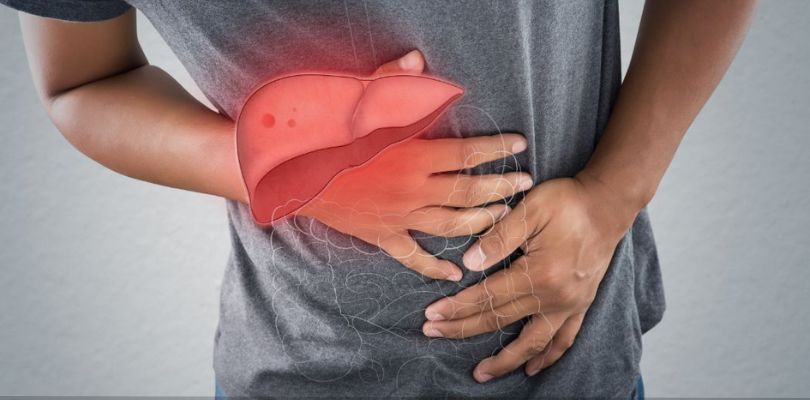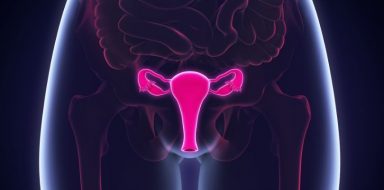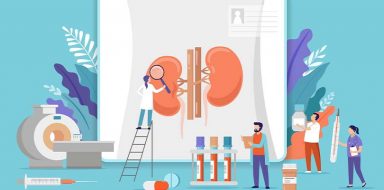From Basics to Breakthroughs
Alpha-1 Antitrypsin Deficiency (AATD) is a genetic disorder that can cause serious lung and liver disease. People with Alpha-1 don’t have enough AAT, a protein that helps protect the lungs from inflammation, which can lead to progressive lung damage and emphysema. One of the treatments for managing symptoms of AATD is ZEMAIRA, administered via intravenous infusion, helping protect the lungs and potentially slowing the progression of associated lung disease. Understanding the signs, triggers and various treatment options available is crucial.
Signs of AAT
People with AATD deficiency may have a wide variety of breathing-related symptoms, such as:
- Shortness of breath.
- Chronic cough with sputum (mucus or phlegm) production.
- Wheezing.
- Reduced exercise ability.
- Fatigue or tiredness.
- Frequent lung infections like cold or flu.
One of the diagnostic tools used to detect cancer is a blood test, but does this always work? The answer is not so simple.
The symptoms of AATD primarily affect the respiratory and hepatic systems. Symptoms can appear early in life, but many symptoms will not begin until a person reaches middle age.
When the liver is more impacted by AATD, symptoms can look quite different. Some of them include:
- Redness.
- Loss of appetite.
- Weight loss.
- Swelling of the feet or belly.
- Yellowish discoloration of the skin (jaundice) or white part of the eyes.
- Vomiting of blood.
- Blood in stools.
In some rare cases, AATD can cause a skin disease called panniculitis, inflammation of the subcutaneous fat. It typically presents with inflammatory nodules or plaques, resulting in hardened patches and red, painful lumps.
How to Test for AAT
AATD deficiency is genetic and runs in families, so if you have a family member with it, you might be at risk. Because AATD shares an identical clinical presentation as more common conditions like Chronic Obstructive Lung Disease (COPD) and asthma, it can prove especially challenging to diagnose. That’s why AATD is commonly referred to as “genetic COPD.” The Global Initiative for Chronic Obstructive Lung Disease (GOLD) Guidelines recommends that all people with COPD should be tested for AAT deficiency.
Luckily, AATD is relatively easy to test for. Your healthcare provider may order you a blood test to check the level of AAT protein in your bloodstream. If your levels are low, genetic testing with another blood test may be used to identify any abnormal genes.
Lung function tests like a spirometry test cannot diagnose AATD deficiency, but it can tell how well a person’s lungs are working which is crucial information and can often point to the presence of AATD. You can also get imaging tests like a chest X-ray or CT scan of your lungs to check for damage in the lungs or rule out other conditions.
Triggers
The severity and onset of symptoms in individuals with AATD can be influenced by various environmental and lifestyle factors. Key triggers include:
Smoking
Smoking is the most significant trigger for lung disease in AATD, as it accelerates the decline in lung function and can lead to the early onset of emphysema.
Occupational hazards
Exposure to dust, chemicals and irritants commonly found in certain work environments can worsen respiratory symptoms. The same goes for air pollution.
Infections
Respiratory infections can trigger flare-ups, leading to further lung damage.
Treatment Options
There are different treatment options available depending on the severity of your AATD. Some treatment options include:
Augmentation Therapy
Augmentation therapy can be used to increase your AAT levels by giving you supplemental normal AAT directly into a vein via an IV infusion. While augmentation therapy cannot reverse lung damage, it can prevent future damage.
Medication
Inhaled corticosteroids and bronchodilators can be used to reduce inflammation and prevent flare-ups in lung ailments like asthma. They work the same way in treating AATD and can make it easier to breathe by reducing inflammation and opening your airways.
Medication such as ZEMAIRA is also an option, which is administered via intravenous infusion. It works to help protect the lungs and potentially slow the progression of lung disease associated with the condition.
Oxygen Therapy
If your oxygen levels are low, your provider may prescribe supplemental oxygen, which a machine delivers through a mask on your face or through small tubes in your nose.
Smoking cessation therapy
If you smoke, your provider can recommend therapies to help you quit. This will make a massive difference in helping not only your lungs but your body as a whole.
Transplants
If your lungs or liver are severely damaged, organ transplants might be recommended. Note that these are options for more serious cases.
Read on to learn about some of the symptoms for lung cancer.







